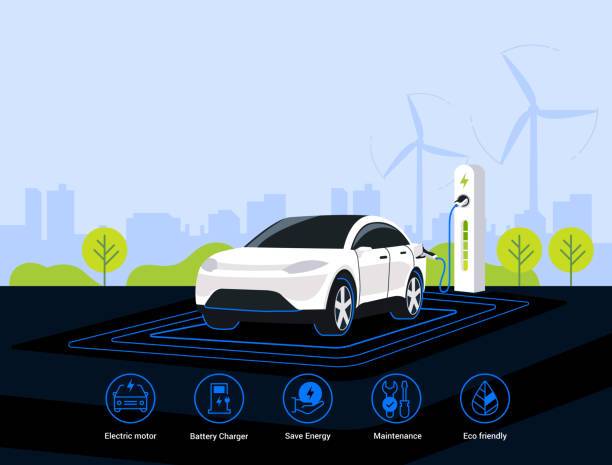

As the various metropolitans inside India are trapped in thick smoke that is making it almost impossible to breathe, the government is all set to launch the final guidelines for the distribution of ₹200 crore incentive under the new PM E-DRIVE scheme. The Ministry of Heavy Industries, Govt. of India, along with the approval from the union cabinet chaired by the Prime Minister together launched a scheme called Pradhan Mantri Electric Drive Revolution in Innovative Vehicle Enhancement or PM E-DRIVE scheme on September 29, 2024. The scheme will be in effect from October 1, 2024, till March 31, 2026. The scheme rolls out with an outlay of ₹10,900 crores for over two years, out of which ₹2000 crore will only be dedicated towards setting up charging infrastructure.
The scheme aims to support the installation of public electric vehicles or EV charging stations for the convenience of those owning an electric vehicle. Alongside, the ministry will also release a detailed guideline for the implementation of the scheme to boost domestic production of electric cars. Electric vehicles have also attracted investment from global EV markets.
What Do the Draft Guidelines Say
Hanif Qureshi, the additional secretary at the Ministry of Heavy Industries said on Tuesday that the ministry has included a number of stakeholder consultations to frame a draft guideline for electric vehicles. These guidelines have also been shared with state governments and ministries, of which the feedback is awaited.
“Basically, there will be a committee formed in each state at the level of chief secretary, where the demand for charges in the state will be aggregated. Each state will also be sending a proposal to the Ministry of Heavy Industries, and then both will be sanctioned.”, adds Qureshi.
The distribution of incentives will depend on parameters like the number of EVs in a city, vehicular traffic, pollution, population density, etc. Qureshi, while addressing a press conference on Tuesday, said, “We will be prioritizing on the basis of whether the state has an EV policy or not, whether they have some of their own incentives or not. Because we may receive proposals that are in excess of ₹2000 crore.”
The final incentives will be allocated for upstream infrastructure developed by electricity distribution companies or DISCOMs, under the scheme to Promote Manufacturing of Electric Passenger Cars in India (SPMEPCI), which is set to roll out within the next few weeks after being notified in March this year. This comes as many DISCOMs are facing financial challenges. The scheme works very interestingly, as it tries to enhance domestic manufacturing by incentivising manufacturers directly. This scheme essentially lowers input duties from a hundred per cent to only fifteen per cent on car models costing more than $35,000, if its manufacturer promises to invest up to 500 million dollars in setting up a local factory in India.
The scheme will also help provide Indian consumers access to the latest technology while also boosting the Make in India initiative. If the scheme rolls out well, it will strengthen the EV ecosystem by promoting healthy competition amongst domestic and private global players. Addedly, it will reduce the import of crude oil and will release residents of many Indian metropolitans from excessive coughing because of pollution.
What We Lack
The PM E-DRIVE scheme not only supports 25 thousand electric two-wheelers, three lakh electric three-wheelers and 14,000 electric buses but also has given equal footing to setting up public electric vehicle charging stations. However, if compared to the predecessor scheme FAME-2, the incentives this time are significantly lesser.
Clarifying the same, Hanif Qureshi says, “One school of thought, believes that no incentives should be given to electric vehicles in the shape of upfront demand subsidy. Rather, there should be tax benefits, and there should be adequate charging infrastructure. If adequate charging is there and people do not have any anxiety it will make life easier for them and they will buy EVs on their own and partly. This is what we have adopted in the PM E-DRIVE scheme.”
Even though the subsidy on buying an electric vehicle has been reduced, the incentive for setting up charging infrastructure outlay has been pushed from one to two crores in this year’s scheme. Also, a tentative list of the top 40 cities and top 50 highways with high-density traffic will help locate the best spots for charging stations. Chargers for two and three-wheelers will be around 48,000 and for buses and trucks, there will be about 1800 charges.
Source link
Modified by Maaaty at Cheap Generic Pharmacy

